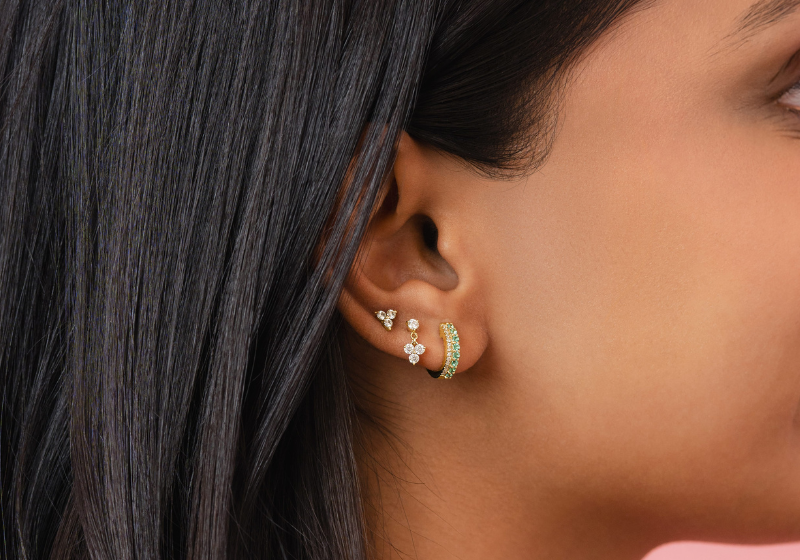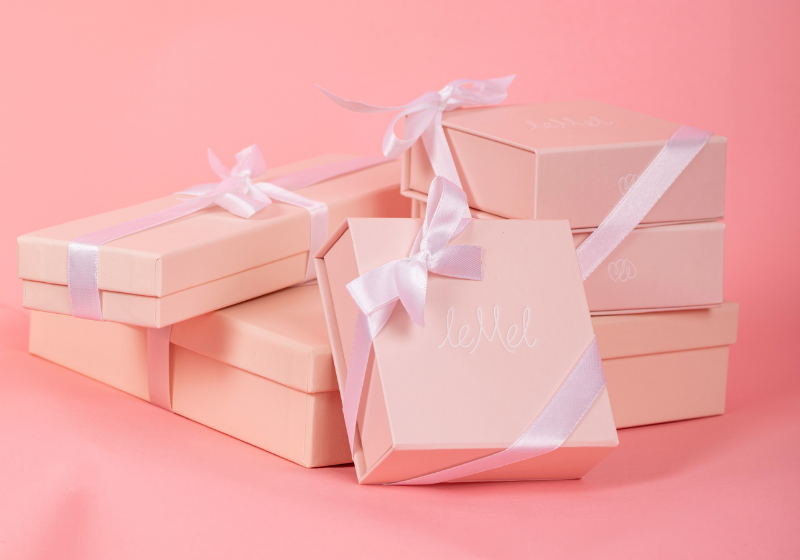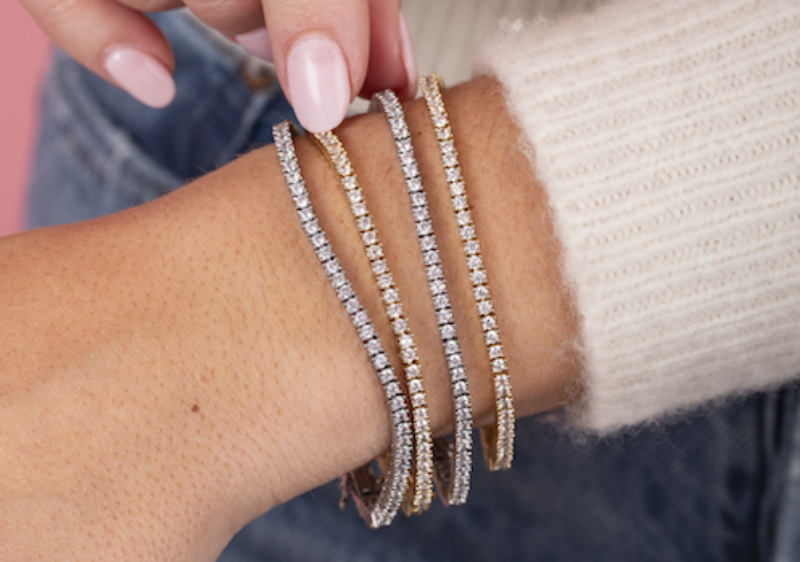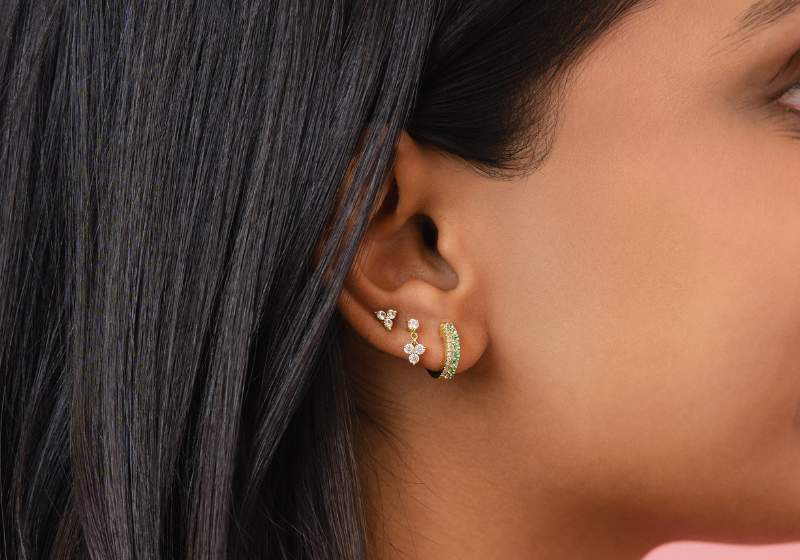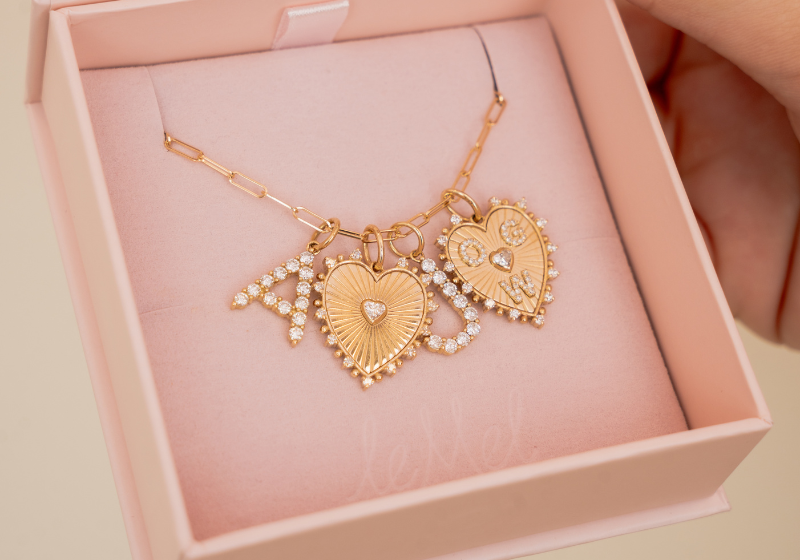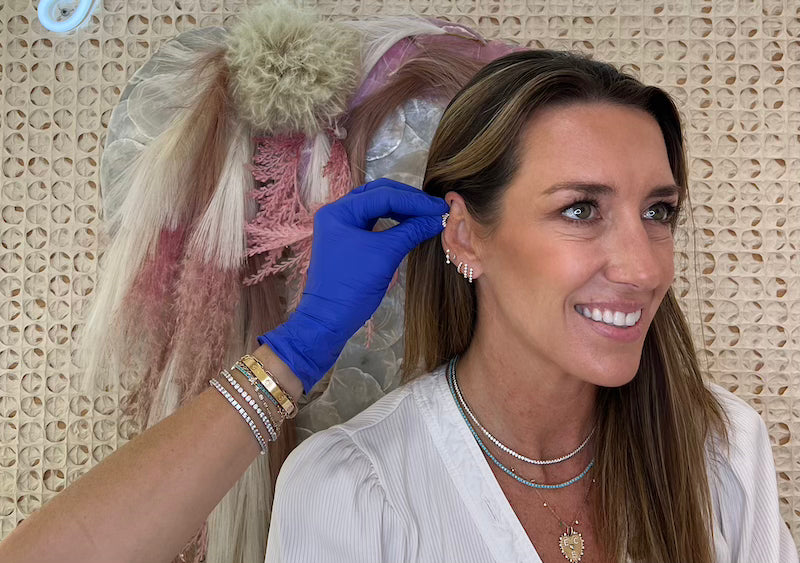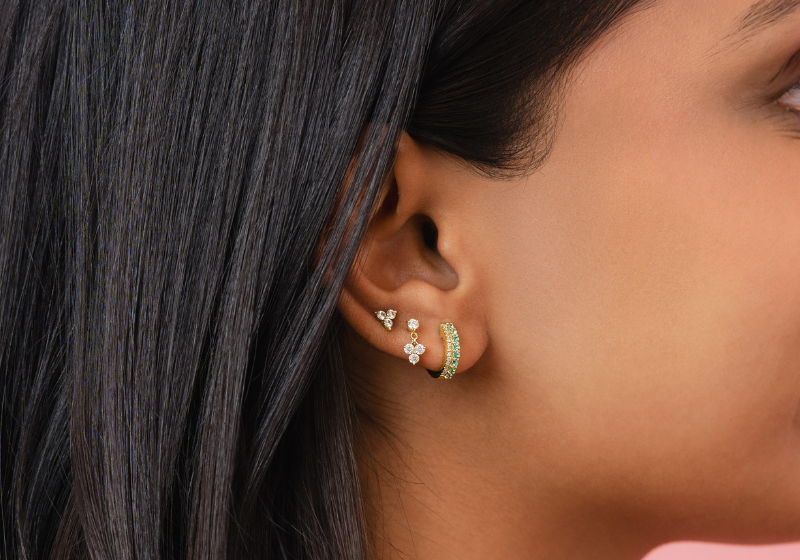Even with excellent home care, professional maintenance is essential for preserving jewelry value and safety.
Annual Professional Services
What professional cleaning can do:
- Ultrasonic and steam cleaning for deep restoration
- Prong tightening and setting inspection
- Rhodium plating for white gold pieces
- Appraisal updates for insurance purposes
Signs you need professional help:
- Stones feel loose in their settings
- Clasps aren't closing securely
- Severe tarnishing that home methods can't address
- Bent or damaged pieces requiring repair
How to Best Store Your Jewelry
Proper storage is crucial for all jewelry types and can dramatically extend their lifespan regardless of material.
We love Stackers from the container store because they are stackable and have big enough sections to hold Jewelry Zip Locks.
The Baggie Method: Simple and Effective
Store individual pieces in small plastic bags (a ziploc or a smaller jewelry airtight baggie) to create an airtight environment that slows tarnishing. For necklaces and chain bracelets, leave a small portion hanging out to prevent tangling. We recommend clear bags so you can see what piece is inside. This is a great way to travel with your jewelry as well.
Recommended supplies:
- Poly Bags from Amazon for individual storage
- Stackers from Container Store for organized display
Advanced Storage Tips
For valuable pieces: Consider a jewelry safe or safety deposit box for items you don't wear regularly. A cloth bag is also recommended.
For everyday jewelry: Use a jewelry organizer with separate compartments to prevent pieces from rubbing against each other. We love Stackers from the container store.
Climate control: Store jewelry in a cool, dry place away from direct sunlight and humidity.
Travel Like a Pro: Protecting Jewelry on the Go
Traveling with jewelry requires extra planning to prevent loss, damage, or theft.
